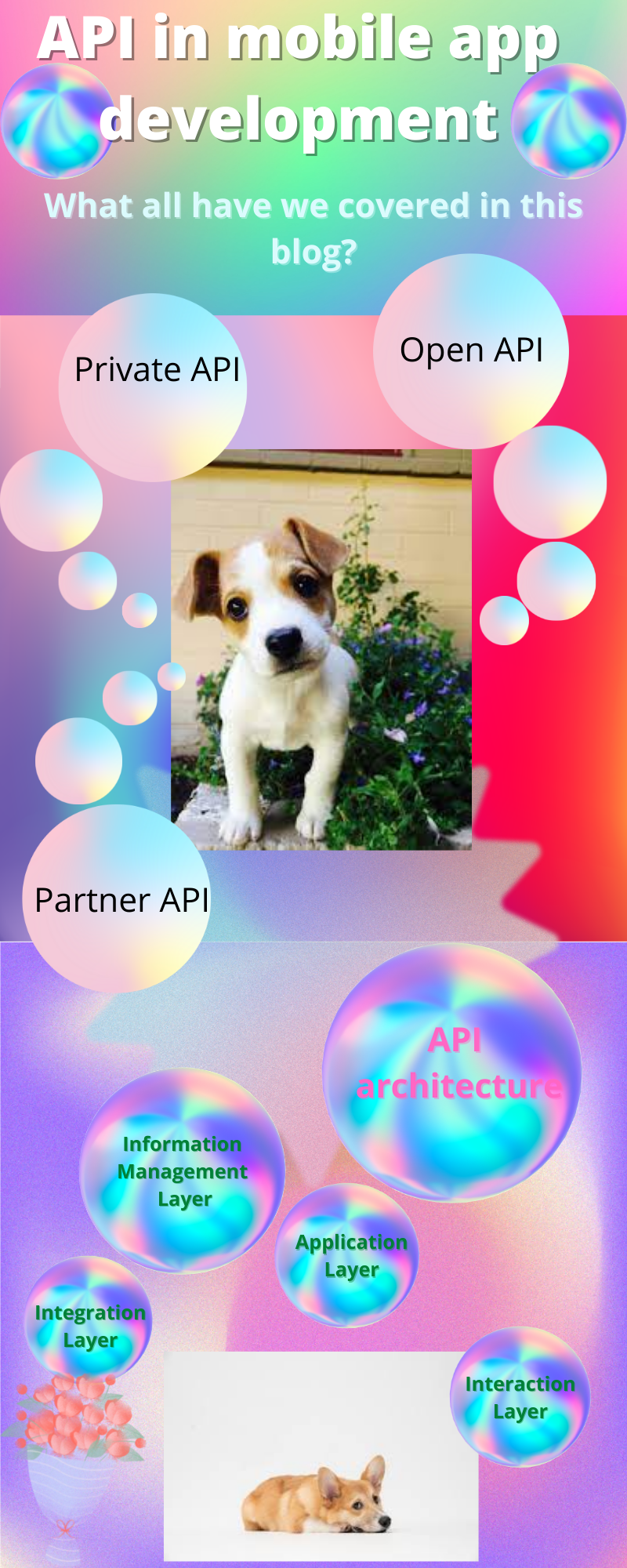Old stories deleted and kept here 14
App API explained in simple language for app developers

API stands for Application Programming Interface. If you are related to the mobile app development industry in any way then you have heard about app API before.
Though this topic can be very in detail, let us have a look at the most important points of API without involving a lot of jargon.
APIs are a medium of exchange of information between the app and the server. API is also a secure pathway to exchange data. After all, the app does not reveal all its data to the server. Nor does the server reveal all its information to the app. Only the required information gets exchanged between the two.
This is the reason why app developers should invest in good APIs. A compromise with the quality of an API means a compromise with app security. Let us take a look at the types of API.
What is a private API?
If a company uses a private API then they have maximum control over their data. The backend of the private API will only be accessible to the people who work for that company.
Everyone may be able to access the apps that the company builds. But, only the people working for the company can access the API and modify it. Needless to say, they are the most secure.
By using private APIs, the company’s developers can reuse the same tech pool of the company to build new apps.
What is an open API/ public API?
An open API is just the opposite of a private API. Anyone inside or outside the app company can access the API. The motive here is to allow any external developer to develop new apps using the API.
The main benefit to open API is the scope for innovation it provides. It attracts many free-agent app developers. The company’s business grows even when without directly investing in developers.
Needless to say, it is not a very secure API. Any third party can break the app functionality at any point.
Many companies prefer not to use open APIs. When a company uses it to make an app, the UX is very poor.
What is a partner API?
Partner APIs are a hybrid of private and public APIs. Business partners generally use them. The API publisher and the app development company in partnership use them.
The best part is it allows innovation without compromising with security.
API architecture
Every project has unique needs. So, you must choose the best API architecture for your project. There are four layers of API architecture.
Layer #1. Information Management Layer
Information management is crucial in all modern organizations. Organizations consume a large amount of data. They need a good database to manage all this data. This is where this layer comes in.
Layer #2. Application Layer
All the applications related to a company reside in this layer.
Layer #3. Integration Layer
This layer helps to exchange data with external agents. This layer consists of many components some of which are:
Adapters: They connect the data and the UI. The app runs because its data runs. The data provides the UI. The end-user needs to know nothing about the data. But, they interact with the UI.
Enterprise services: Programmers can use reusable blocks time and again. This increases efficiency and automates many tasks of developers.
Publish channels: It is a system that sends a message from the internal software to the external system. When you trigger it, an XML response is activated.
Integration controls: Your company has its unique needs. You can use integration controls to tailor your enterprise services and publish channels accordingly.
Layer #4. Interaction Layer
The company has its own data. The customers and partners of the company use their own applications. The interaction layer is where the user application can interact with the company data.
The majority of companies are happy to serve their core data as services to their customers. API can aggregate this service with other services of the company.
Read also: Popular AI terms (beginning with A) explained in simple words.
Conclusion
I hope this could provide you, dear reader, with some insights into app APIs. If you like to read such articles then follow me. You could also read more articles on my blog. Email me at subarnacreative@gmail.com.


Comments
Post a Comment